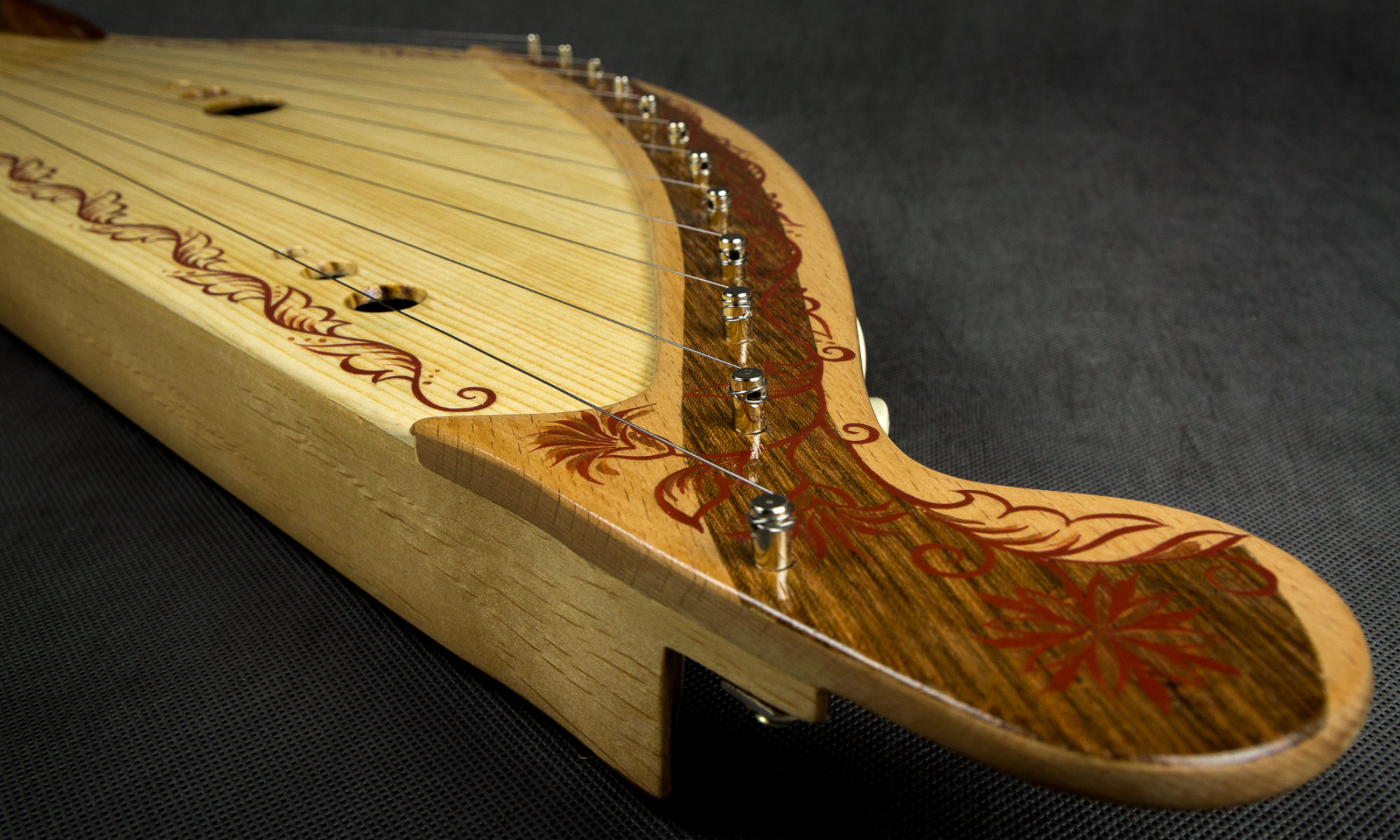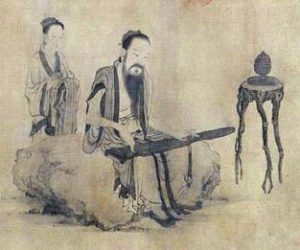The kantele plays a central role in Finnish culture. Kalevala, Finland’s national epic poem, first published in 1835, has a kantele-plucking hero. Resembling the zither, the instrument has been played in Finland for some 2,000 years, and variations exist in other eastern Baltic countries.

The most basic version has five strings but there are up to 39 on large concert models. “It’s a nice, easy way to start.” That’s why the kantele has been a key element of Finland’s celebrated music education system since the 1970s. Back then nobody was playing the kantele, but musician and composer Martti Pokela saved the instrument.


 to name a few). The instrument’s name may have began in the Middle East, around the Mesopotamia area, where Iran and Iraq are today. It is thought to be about three thousand years old, only slightly younger than the oldest stringed instrument, the harp.
to name a few). The instrument’s name may have began in the Middle East, around the Mesopotamia area, where Iran and Iraq are today. It is thought to be about three thousand years old, only slightly younger than the oldest stringed instrument, the harp.